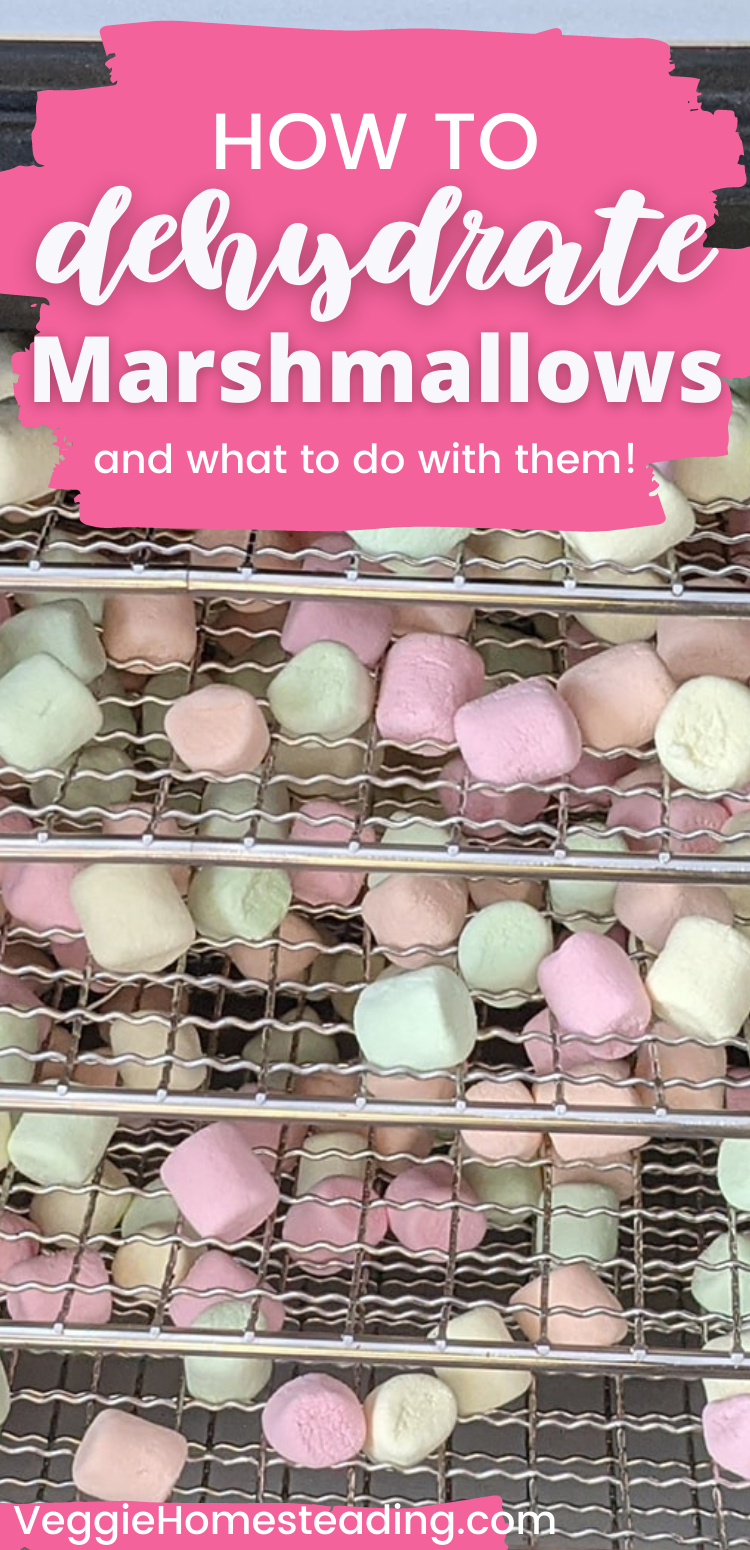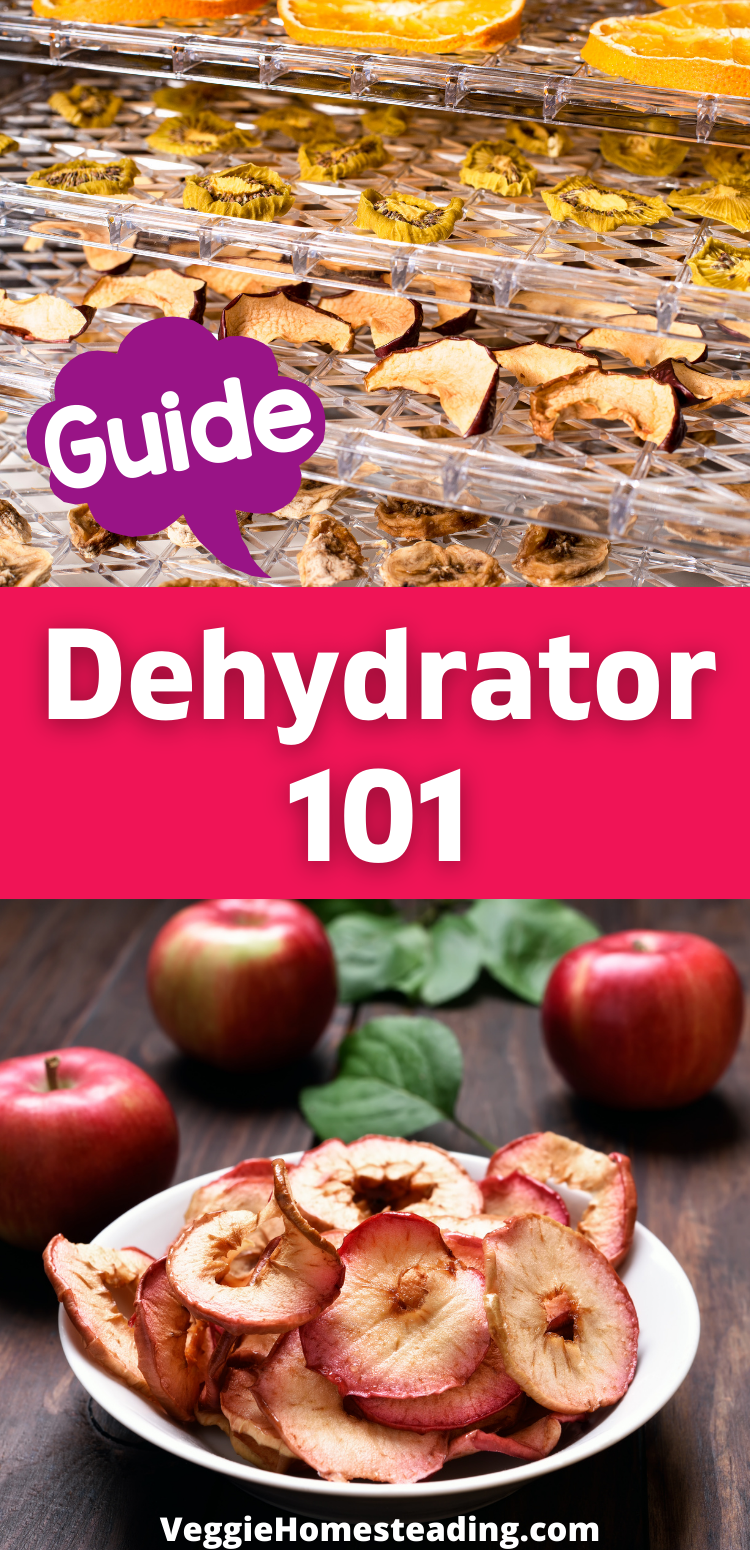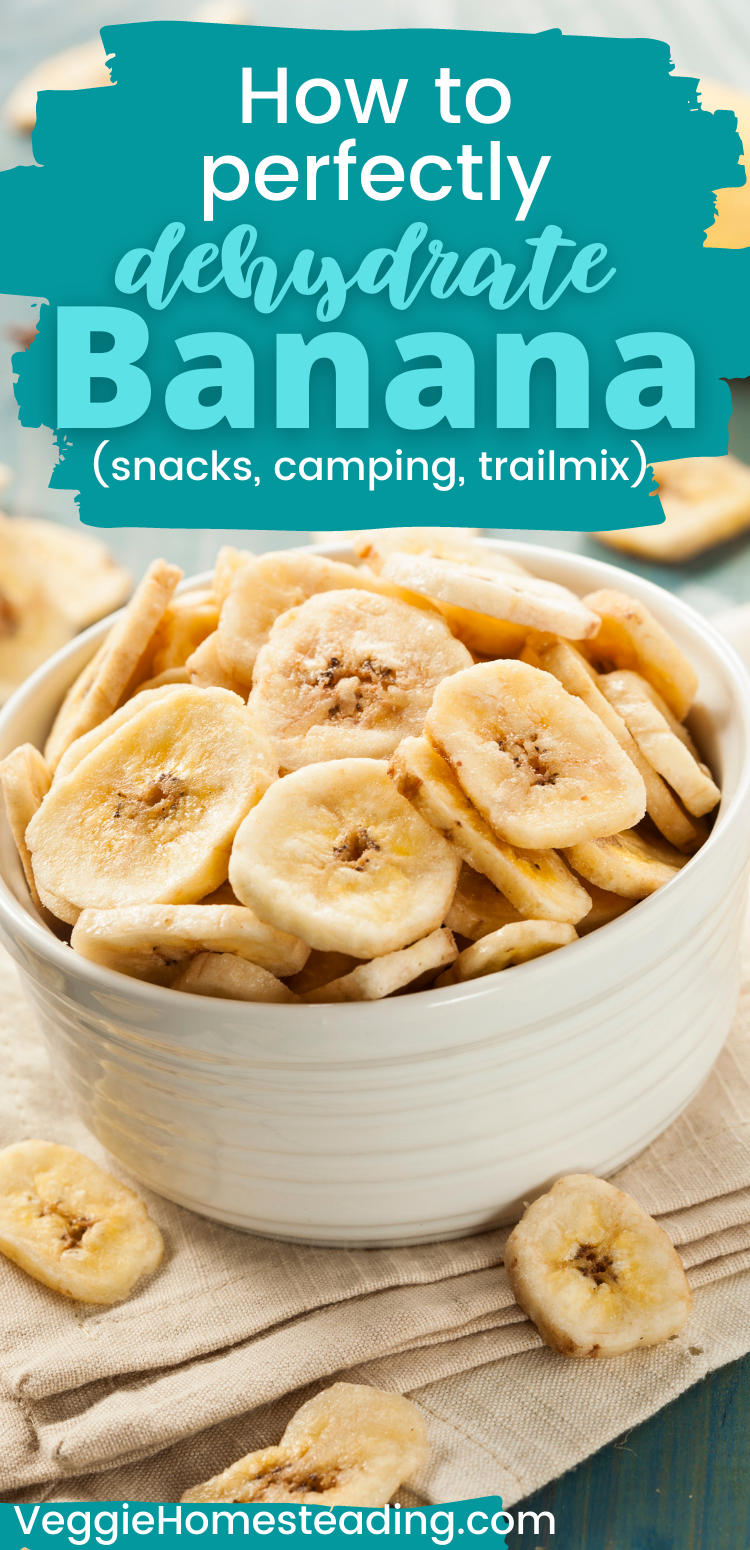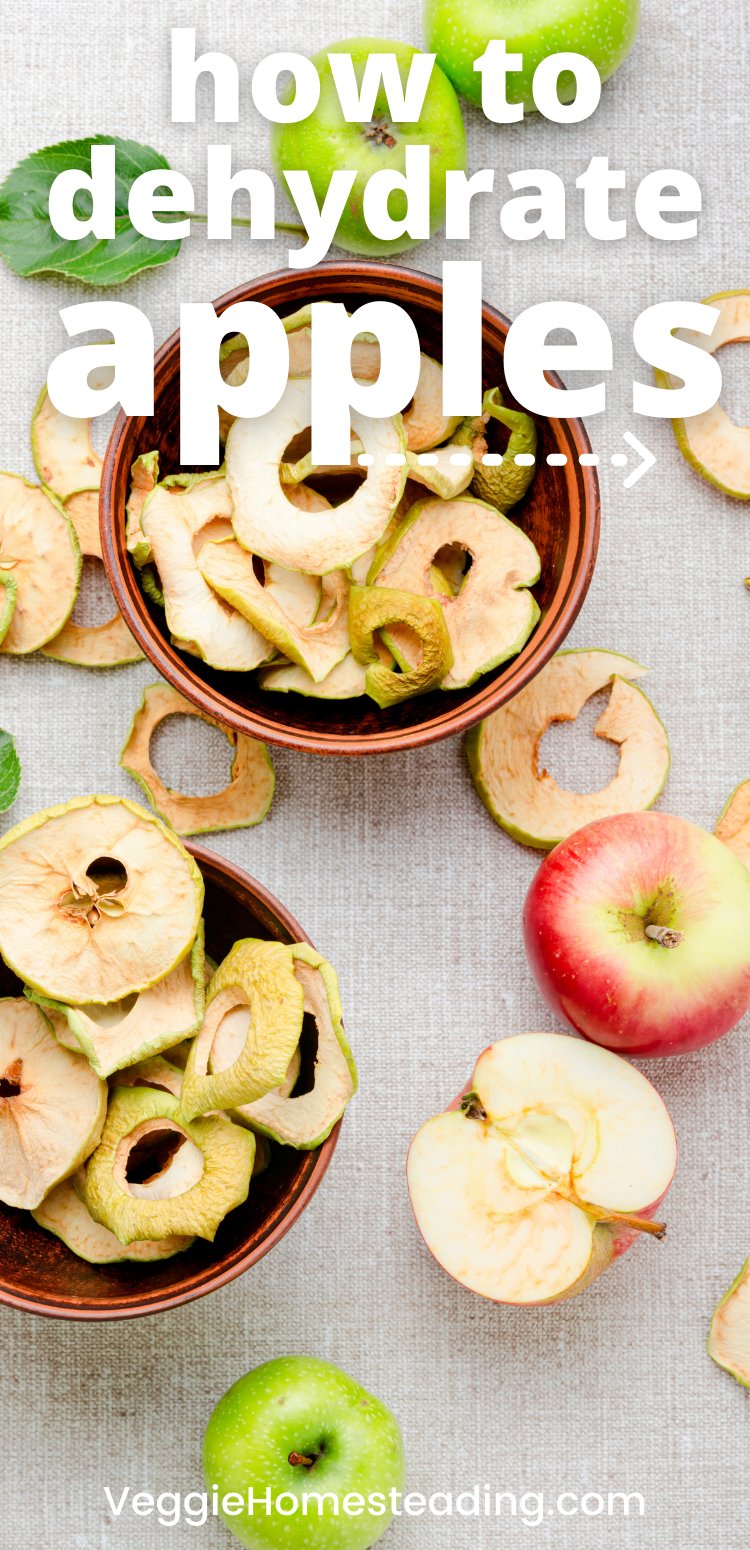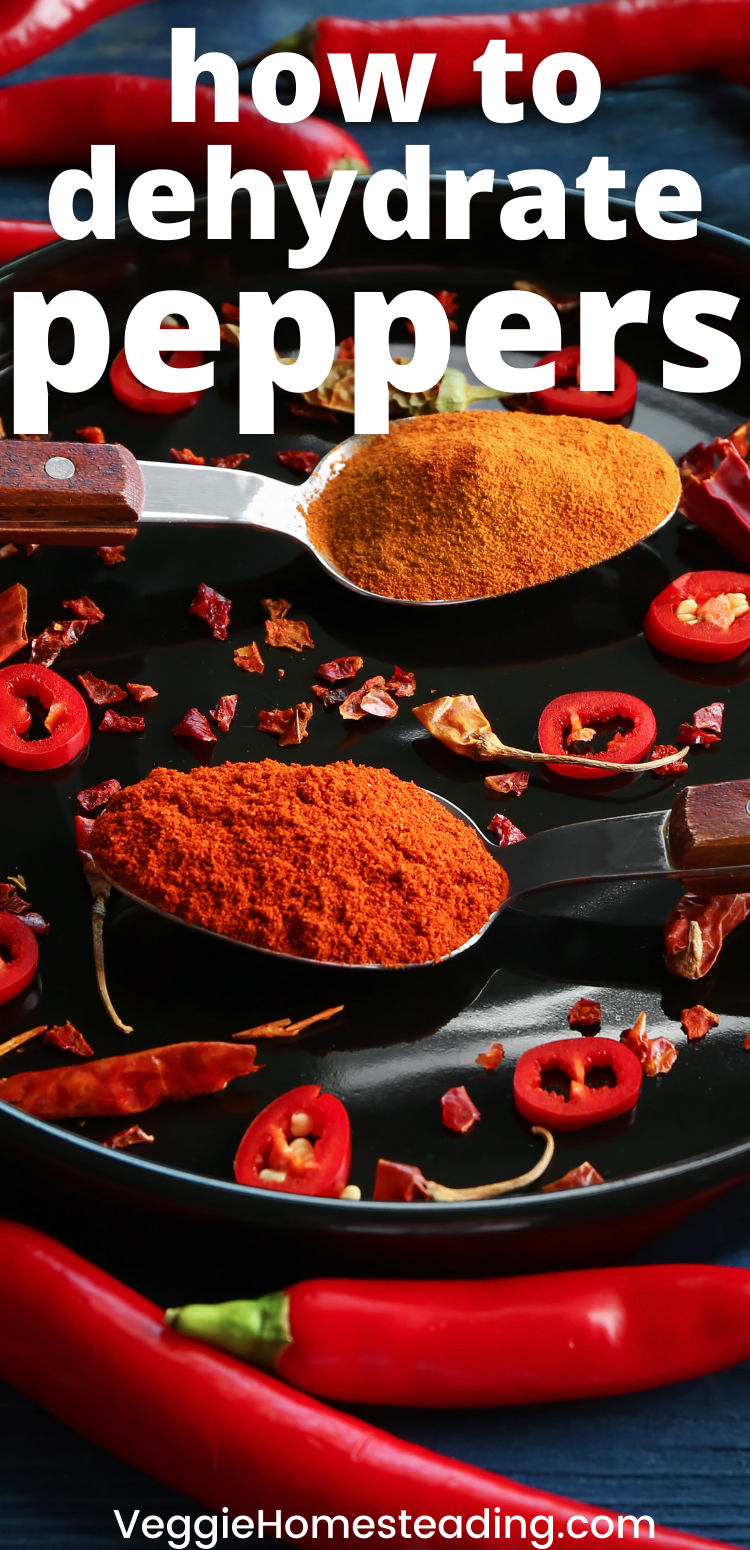How to Dehydrate Onions & Make Onion Flakes / Powder
Buying chopped onions at a grocery store can get expensive, especially if you use them for the majority of your cooking. If you have a dehydrator, you could make your own, which can save you money, something we all want to do in this economy. If you buy a bag of onions when they’re on sale, you’ll save even more money and end up with a nice start to your dehydrated onion stash, which can later be used in a multitude of dishes.
Making your own chopped onions may seem like a time-consuming task, but in all actuality, it’s not. It only takes a few minutes of preparation before you’re ready to start dehydrating your own onions.
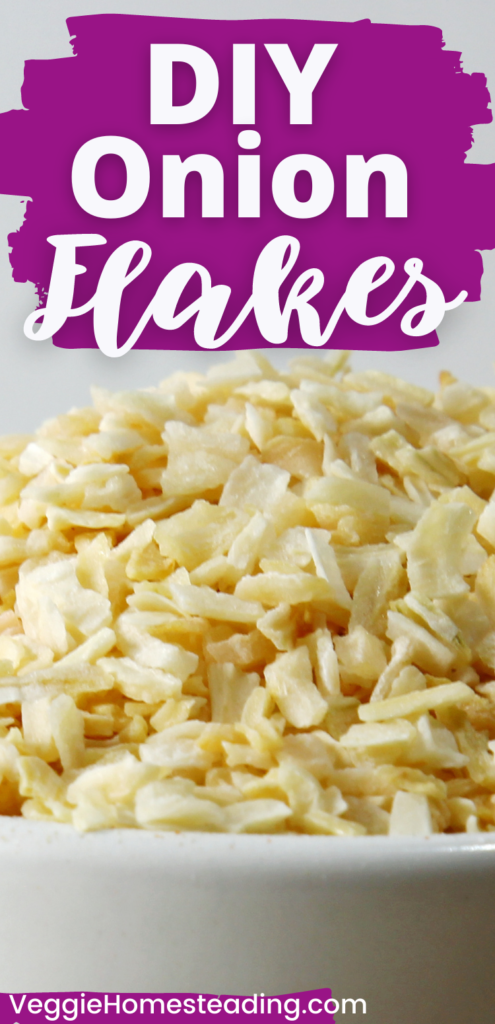
Before you can begin dehydrating onions, you’ll need to sort through the ones that you have on hand and throw away any that are discolored, soft, or show any signs of decay. If your fingers sink into an onion when you hold it in your hand, it’s a good sign that it’s no longer good to use. Also, if you notice a significant amount of black spots on your onion, toss it into the garbage. Or better yet, your compost pile if you have one.
Next, cut off the tops and bottoms of all of the remaining onions you plan on dehydrating. Peel off the outside papery layers with a knife until you reach the white, shiny inside. If the skins are difficult to remove, place the onions in boiling water for about one minute to loosen the skins. The skins should then peel off easily with your bare hands, which you can either throw away or add to your compost pile, as previously mentioned.
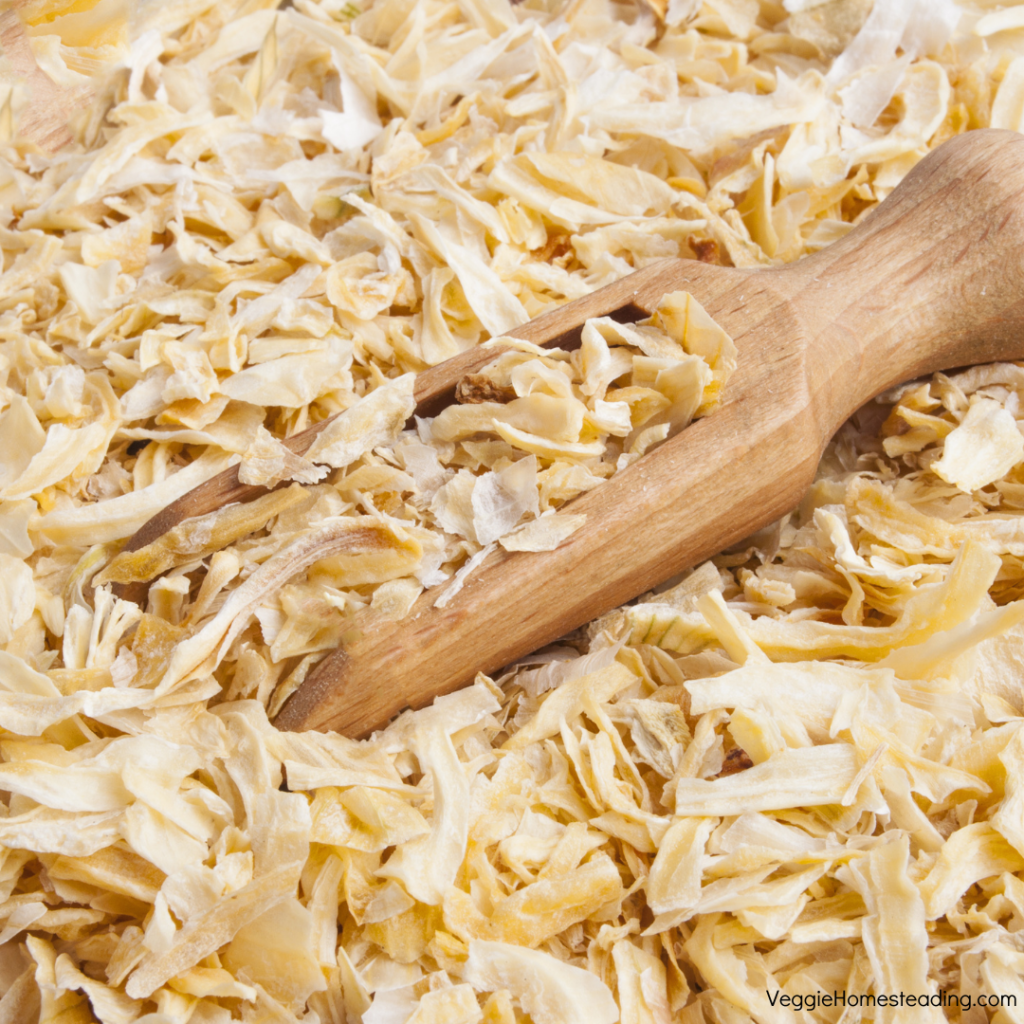
Once your onions are peeled, you’ll need to wash them in warm water to remove dirt, debris, and any germs that may still be on their surfaces.
Using a knife, make ¼-inch to ½-inch slices of each onion. The slices do not need to be perfect, so don’t worry if some slices are thicker than others. Make sure, though, that you don’t slice the onions too thin, for they will stick to the dehydrator trays, making it difficult to remove them once they are dry.
Separate the onion ring slices, placing them on the dehydrator trays as you go, making sure to leave space around each onion to allow proper, timely drying of the slices.
Put the dehydrator trays into the dehydrator. If your dehydrator has a temperature setting, make sure to set it at a low temperature, somewhere around 90° to 120°F. Otherwise, place the top on the dehydrator and plug it into an outlet receptacle. Allow the onions to dry for approximately 9 hours or until the pieces are completely dehydrated and crunchy.
To ensure your onions are completely dehydrated, remove a slice from your dehydrator and try to break it with a spoon or your hand. If it breaks apart easily, the onions are done. If the slice still feels a bit rubbery and can bend without breaking, the onions need to dehydrate for a bit longer.
Remove the onions from the dehydrator, placing them in a mortar and pestle, a small handful at a time, to crush the onions until they are in small pieces. If you’d prefer, you can also you an electric chopper or a large spoon on a counter-top.
Place the chopped up onion pieces into a canning jar and cover with a canning jar lid. If you do not have canning jars on hand, plastic storage bags work just as well. Mark the outside of the jar or bag with the date of dehydration. When cooking, use the older onions first to ensure you’re using them while they’re still fragrant and full of flavor.
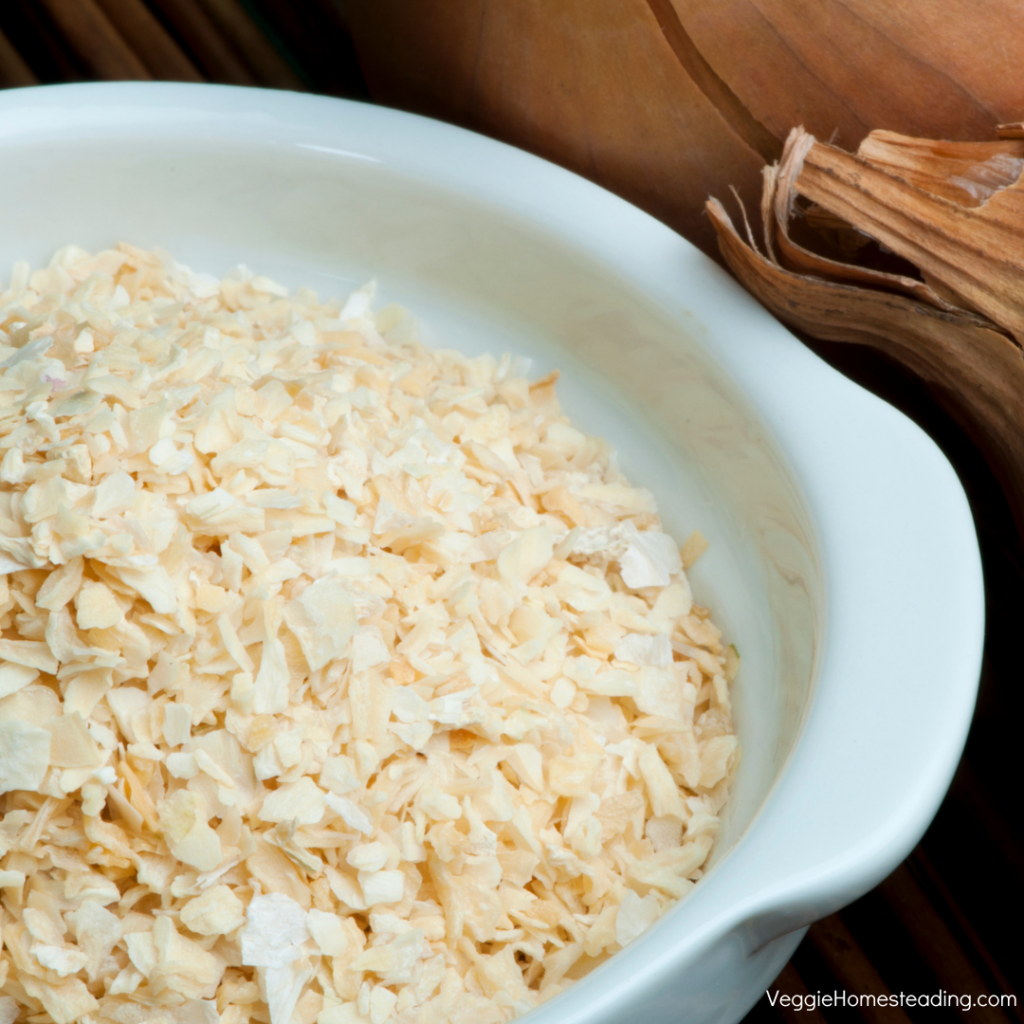
Use these onions as is or grind into a finer powder for homemade seasoning mixes.
Dishes Chopped Onions Can be Added To:
Homemade Macaroni and Cheese – Try using sharp white cheddar instead of Velveeta when making your cheese sauce. It’s delicious! Once the cheese has completely melted, add in your chopped onions.
Spaghetti Sauce – One of the best things about homemade spaghetti sauce is all the ingredients you can add to the sauce. Not only do chopped onions add extra flavor, so do dehydrated peppers and garlic.
Stir-fries – No Chinese stir-fry is complete without onions, so make sure to add plenty. (Don’t forget the dehydrated peppers and garlic, if you have them.)
Other meal options include omelets, meatloaf, soups, chowders, and much, much more. Just use your imagination and experiment, and you will find dishes that you’ll love adding chopped onions too. Enjoy!

